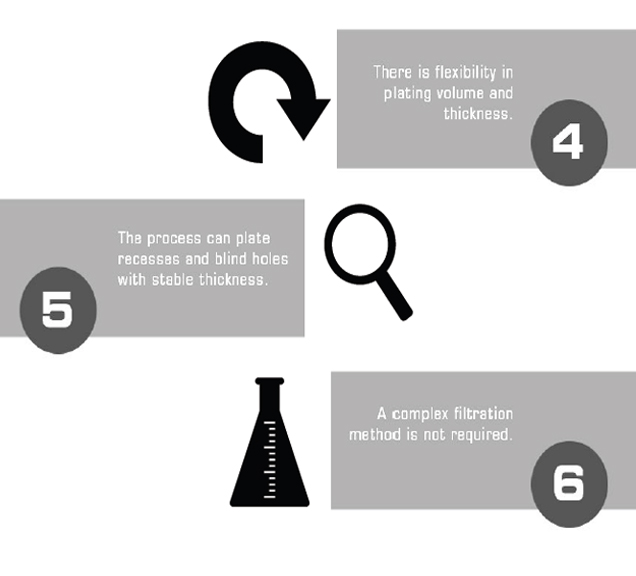Nickel electroplating, is the process of applying a nickel
coating to the surface of another metallic substance by means
of electrolytic deposition. Nickel plating is typically used to
provide greater wear and corrosion resistance and to add
thickness to undersized parts. Nickel plating may also be used
for aesthetic purposes, as nickel's brightness can enhance the
appearance of an otherwise dull surface.
NICKEL ELECTROPLATING AS A BASE LAYER
Both sulfate and sulfamate nickel plating can perform a variety of
important functions. One common function is to serve as a base
layer for secondary plating applications that is normally used when
coating precious metals such as gold and silver.
As indicated earlier, nickel electroplating also provides an effective
means of corrosion and wear resistance. Regarding corrosion
resistance, the highly micro-crystalline structure results in reduced
porosity and forms an extremely effective anti-corrosion barrier to
the basis material.
In terms of wear resistance, the hardness created by the plating
process can be enhanced through the use of heat, making the
resulting product similar to chromium deposits. When used with
diamond composites, materials such as silicon carbide, cubic and
hexagonal boron nitride, and tungsten carbide, nickel electroplating
can add intrinsic hardness by binding them into the plated surface.
This also serves to reduce static friction. Alloying nickel coatings
with metals or metalloids such as tungsten, tin, manganese and
boron which improves corrosion resistance, hardness, conductivity
and solderability.




